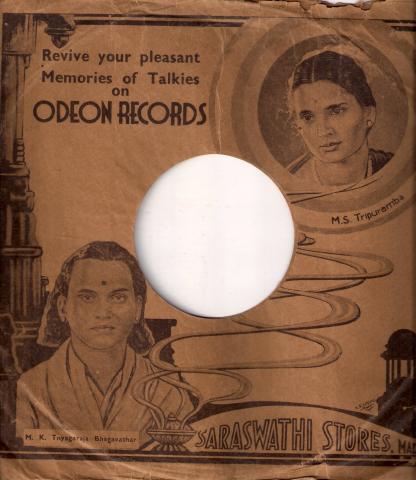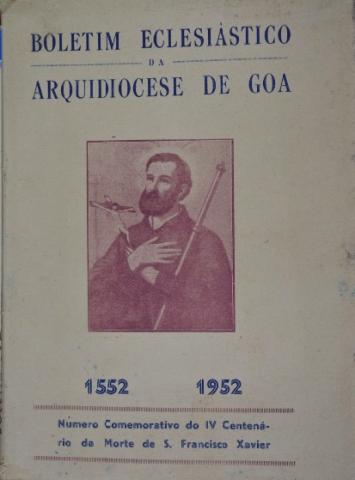
Aims and objectives
This project seeks to locate and archive texts written in the Sylhet Nagri script, a script once widely used in north-eastern Bengal. This script evolved between the fourteenth and the seventeenth century as a simple alternative (only 32 letters; no conjuncts) to the standard Bengali script. Printed texts appeared in the 1870s and became immensely popular. By the early 20 th century there were at least three presses, one in Kolkata and two in Sylhet. The script became a vehicle of popular culture in Sylhet, Cachar, Karimganj, Tripura, Mymensingh and Dhaka. For reasons that are not immediately evident, use of this script declined and it has become almost extinct during the last 50-60 years. Consequently, few people can read it today and the texts, both hand-written and printed, are rapidly disappearing.
In addition to circulating stories, plays, and other aspects of popular culture, there are also many manuscript texts, predominantly religious. Copying manuscripts often became part of the ritual. A preliminary survey located many texts, both printed and manuscript, lying in remote rural masjids, mokams, madrasas and other shrines and also in district libraries and private collections.
The texts are in verse, and were commonly disseminated through group reading. It is believed that women were the primary consumers. In affluent households, women read out the texts to domestic hands and other women after the day's chores.
The texts can be broadly split into five subject categories: Metaphysical and spiritual; Islamic rituals and code of conduct, including lives of the Prophet and saints; Love songs and love stories; Social issues within Muslim society; and Commentaries on natural disasters and social calamities.
Reasons for urgency of archiving: because the script is obsolete, there is no contemporary interest in preserving these texts; the physical quality of the material is very poor; the texts are kept in locations without attention to preservation. Moisture and insects have already damaged some material. The objectives of the project are to locate printed texts and manuscripts in the Sylhet Nagri script and to make and preserve copies in a digitised form.
The project will retrieve not only a unique script and a period-specific literature, but also a new source of information about the region, documenting a complex period of regional history (fourteenth to seventeenth century) when Islam emerged as a social force. It can shed light on the acculturation resulting from the encounter of indigenous culture with Perso-Arabic tradition. The stages in the Muslim identity formation can be studied through sociological insights into different texts. Since some of the texts of the nineteenth century are directed at women, it will also document women's history in the region. Further, this project of retrieving the rich source material will enable in a big way to study the tradition of high Islam as expressed in a regional popular culture, language and religion. Finally, the project is expected to yield rich dividends for researchers on comparative and diachronic Bengali linguistics. Rarely does one come across a stage in the development of a language or dialect with a recently developed writing system, allowing ready access to its phonological and morphological identity.
Outcomes
This project succeeded in locating, accessing and digitally storing 103 texts in the Sylhet Nagri script. This was achieved by undertaking field trips in the districts of Cachar, Karimganj and Hailakandi in South Assam and trips by road to Dharmanagar, Tripura from Silchar.
In addition, institutions in and around Kolkata were searched and texts accessed in Jotindramohan Samgrahasala of National Council of Education, Bengal, Jadavpur, Kolkata.
The archival material has been listed according to the guidelines, with a history provided of the texts obtained from the owner/custodian through the elaborate interviews during the field work.
The project succeeded in earning the confidence of the community, which extended full cooperation in retrieving the texts from remote villages. A network of community leaders was created which facilitated access to the texts under very trying conditions.
The endangered archival material is now housed at the School of Cultural Texts and Records, Jadavpur University, Kolkata. In addition to being deposited with the British Library, digital copies of the material are deposited with Gurucharan and Nehru Colleges of the Cachar region – the region from where the texts originate.
The records copied by this project have been catalogued as:
- EAP071/1 Ābdul Latiph Laskar Collection of Texts in Sylhét Nāgri Script
- EAP071/2 Ābid Rājā Mājumdār Collection of Texts in Sylhét Nāgri Script
- EAP071/3 Āj[z]ād Taimur Laskar Collection of Texts in Sylhét Nāgri Script
- EAP071/4 Āmirul Islām Laskar Collection of Texts in Sylhét Nāgri Script
- EAP071/5 Āsāddar Āli Collection of Texts in Sylhét Nāgri Script
- EAP071/6 Āśique Uddin Majumdār Collection of Texts in Sylhét Nāgri Script
- EAP071/7 Aśok Upādhyay Collection of Texts in Sylhét Nāgri Script
- EAP071/8 Ch[S]alim Uddin Majumdār Collection of Texts in Sylhét Nāgri Script
- EAP071/9 Golām Kādir Collection of Texts in Sylhét Nāgri Script
- EAP071/10 Hāji Ābdul Āj[z]ij[z] Collection of Texts in Sylhét Nāgri Script
- EAP071/11 Kāji Ābu Tāhér Majumdār Collection of Texts in Sylhét Nāgri Script
- EAP071/12 Isbar Āli Majumdār Collection of Texts in Sylhét Nāgri Script
- EAP071/13 Kālikāprasād Bhattācārya Collection of Texts in Sylhét Nāgri Script
- EAP071/14 Kālu Miñā Collection of Texts in Sylhét Nāgri Script
- EAP071/15 Khauniś Cakrabartī Collection of Texts in Sylhét Nāgri Script
- EAP071/16 Machhabir Āli Majumdār Collection of Texts in Sylhét Nāgri Script
- EAP071/17 Manāi Miñā Sādiyāl Collection of Texts in Sylhét Nāgri Script
- EAP071/18 Manir Uddin Laskar Collection of Texts in Sylhét Nāgri Script
- EAP071/19 Ābdul Raśid Majumdār Collection of Texts in Sylhét Nāgri Script
- EAP071/20 Maktab Āli Collection of Texts in Sylhét Nāgri Script
- EAP071/21 Umar Āli Ahmed Collection of Texts in Sylhét Nāgri Script
- EAP071/22 Mumtāz Begam Collection of Texts in Sylhét Nāgri Script
- EAP071/23 Nij[z]ām Uddin Collection of Texts in Sylhét Nāgri Script
- EAP071/24 Nu[ū]ru[ū]l Haq Collection of Texts in Sylhét Nāgri Script
- EAP071/25 Pharmān Āli Collection of Texts in Sylhét Nāgri Script
- EAP071/26 Raphiul Haq Collection of Texts in Sylhét Nāgri Script
- EAP071/27 Sāmsul Haq Collection of Texts in Sylhét Nāgri Script
- EAP071/28 Sunām Uddin Collection of Texts in Sylhét Nāgri Script
- EAP071/29 Suraj Āli Collection of Texts in Sylhét Nāgri Script
- EAP071/30 National Council of Education, Bengal Collection of Texts in the Sylhét Nāgri Script
- EAP071/31 Nehru College Museum Collection of Sylhét Nāgri Texts
- EAP071/32 Kendrīya Muslim Sahitya Samsad Collection of Sylhét Nāgri Texts
Due to the cyber-attack on the British Library in October 2023, the archives and manuscripts database is currently inaccessible and we are unable to provide links to the catalogue records for this project.




